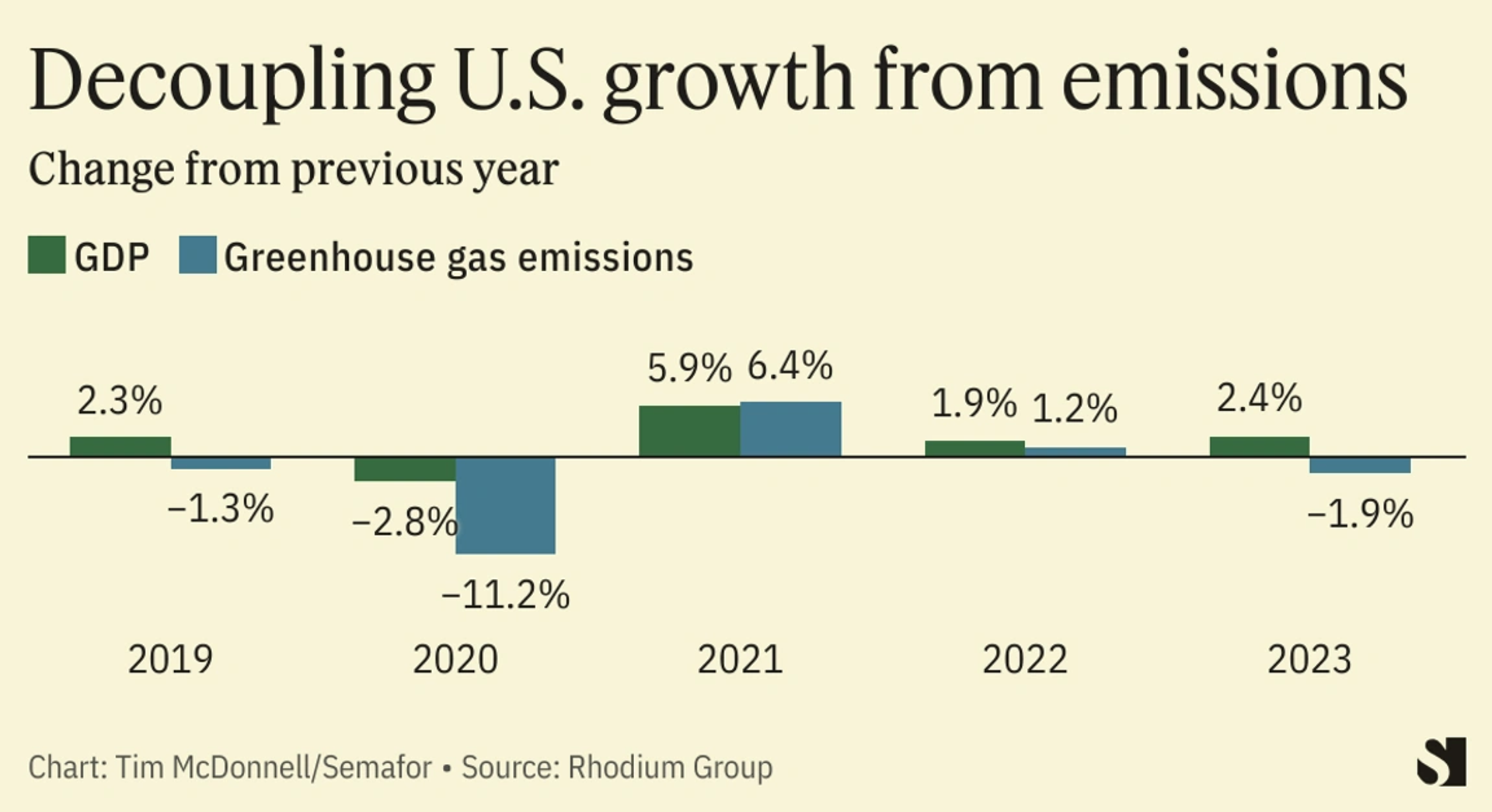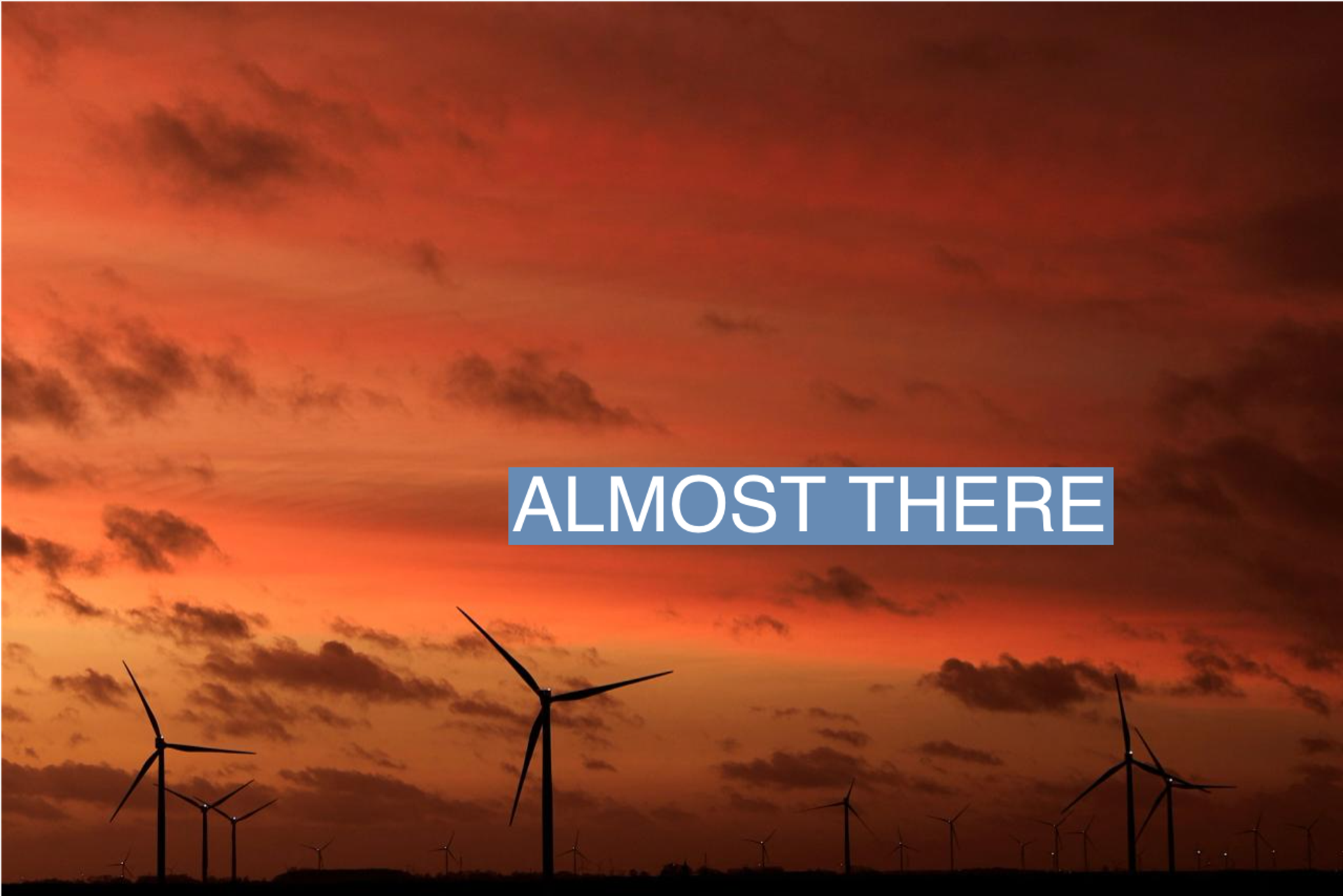The News
Global renewable energy capacity grew by 50% in 2023, the International Energy Agency reported – the fastest pace recorded in the last 20 years. But governments will need to push those gains further to achieve goals set at the COP28 UN climate conference in December, the group found.
A new report from the IEA said that trajectory offers a “real chance” of the world meeting the COP28 pledge of tripling renewable energy capacity by 2030, which is crucial to limiting emissions to stave off the worst effects of global warming.
But the world will still fall short of its goal if progress continues at the current rate, the report found. The biggest barrier is increasing funds for clean energy in developing countries, according to the group’s director. “Success in meeting the tripling goal will hinge on this,” he said.
SIGNALS
US is falling behind on climate goals, experts say
The U.S. is behind on its climate goals, BloombergNEF analysts noted in November, despite President Joe Biden’s ambitiously green Inflation Reduction Act. The IRA is “pumping money into a market that is held back by non-economic factors,” their analysis found, and the nation will “struggle to meet a net-zero path unless it can improve bottlenecks around permits and grids.”
A new analysis from the Rhodium think tank had a similar takeaway: the U.S. is still far off track to meet its goal of halving emissions by 2030. For that to happen, the analysis said, the country’s emissions need to fall 6.9% every year from now until then – more than triple the drop in 2023.
The US economy can expand while getting greener
Greenhouse gas emissions in the U.S. fell nearly 2% last year despite GDP growth of 2.4%, according to the Rhodium Group, suggesting that the nation’s economy can expand while getting cleaner, Semafor climate and energy editor Tim McDonnell reported.
It was “the largest separation between positive economic growth and falling emissions since 2019,” McDonnell wrote.

This reflects an ongoing global trend of the world “experiencing a relative decoupling between economic growth and CO2 emissions, with the emissions per unit of GDP falling for the past 60 years,” per environmental research center The Breakthrough Institute.
China may have overshot its solar goals
The global surge in renewables in 2023 was driven by China, which more than doubled its solar capacity and increased its wind output by 66% last year. But China is now experiencing a “pronounced oversupply” of solar, DigiTimes Asia reported, putting the industry on high alert as it braces for losses.
Some Chinese companies “fear a green bubble is about to pop,” The Wall Street Journal said, as falling solar prices pummel manufacturers’ profits. “The entire industry is about to enter a knockout round,” one of China’s biggest solar manufacturing companies said in its August financial report.

